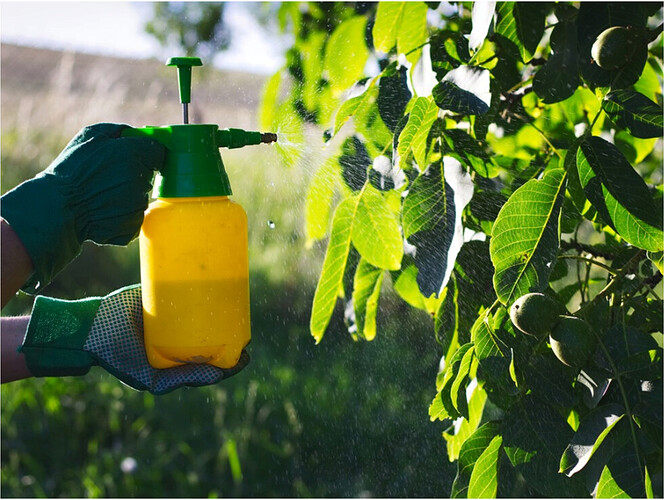Plant Nutrition Demystified: Understanding NPK & Natural Fertilizers
Feed Your Plants the Right Way – Naturally!
Just like we thrive on a balanced diet, plants flourish when they receive the right nutrients. Whether you’re growing vegetables, herbs, or flowering plants, understanding what they need is key to a healthy and productive garden. Let’s unravel the mystery behind plant nutrition—starting with NPK and exploring how you can nourish your garden the natural way.
What is NPK?
Nitrogen (N)
Nitrogen is responsible for leafy growth and vibrant green foliage. It’s especially vital for leafy vegetables like spinach, lettuce, and herbs. If your plants have pale or yellowing leaves, they might be lacking nitrogen.
Phosphorus (P)
Phosphorus supports root development and plays a critical role in flower and fruit production. A deficiency can result in poor blooming, weak root systems, and stunted growth.
Potassium (K)
Potassium strengthens plant immunity, improves fruit quality, and helps regulate water absorption. Signs of deficiency include browning leaf edges, curling leaves, and fewer flowers.
Natural & Organic Sources of NPK
Organic Sources of Nitrogen
Grass clippings, well-aged compost, used coffee grounds, and neem cake are excellent sources of nitrogen. They slowly release nutrients and help build up the soil structure.
Organic Sources of Phosphorus
You can use bone meal, rock phosphate, banana stem, or wood ash to provide phosphorus naturally. These are particularly useful during the flowering and fruiting stages.
Organic Sources of Potassium
Banana peels, seaweed extract, and wood ash are rich in potassium. You can dry and powder banana peels to add to the soil, or use compost tea for a potassium-rich foliar spray.
Foliar Spray vs Root Feed – What’s the Difference?
Foliar Spray
This method involves spraying diluted nutrients directly onto plant leaves. It allows plants to absorb essential nutrients quickly, especially micronutrients. It’s best done during early mornings or late evenings to avoid leaf burn. Foliar spraying is helpful during periods of stress or rapid growth when plants need a quick boost.
Root Feed (Soil Application)
This is a more traditional and long-lasting method of fertilization. Nutrients are absorbed through the roots over time, promoting stronger root systems and steady plant development. Organic materials like compost, cow dung, and bio-fertilizers are ideal for root feeding.
Smart Feeding Tips for Every Gardener
Use compost as a base layer
Compost improves soil health and provides a balanced, slow-release source of nutrients. It’s an essential foundation for any garden bed or container.
Alternate between foliar and soil feeding
Combining both methods helps ensure your plants get immediate and long-term nutrition. Use foliar sprays for quick results and soil amendments for ongoing health.
Avoid over-fertilizing
Excess nutrients can burn roots, attract pests, and disrupt soil microbial life. Always observe your plants and adjust feeding schedules accordingly.
Pair with mulching
Applying a layer of mulch over soil helps retain moisture, suppress weeds, and improve nutrient absorption by keeping the root zone cool and protected.
